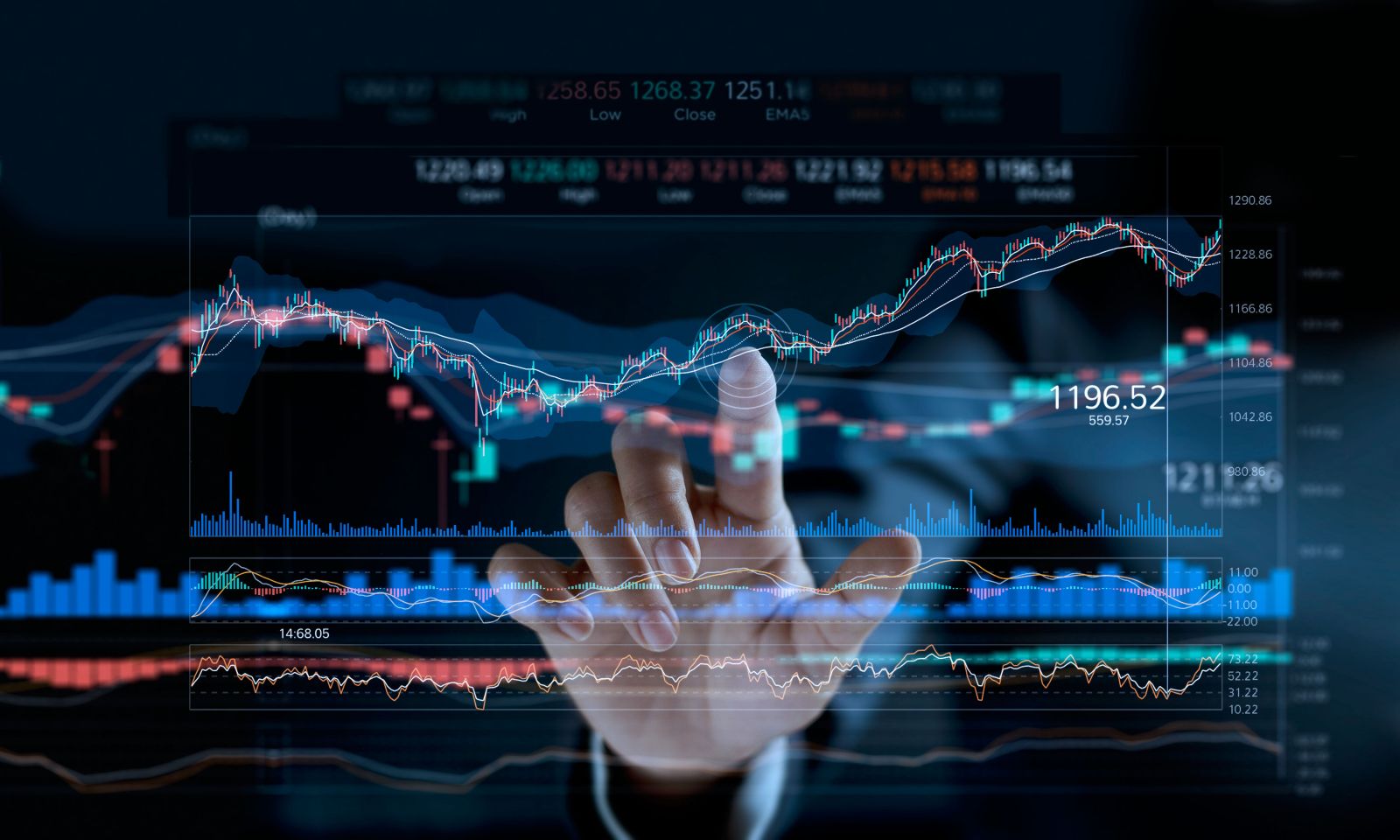4 tips on how to spot a market trend before it gets obvious
Learn how to spot a market trend and use different trend indicators to form your own CFD trading strategy.
The major rule of technical analysis states that prices move in trends. Even though stock price movements may appear random, this principle suggests that prices generally follow short-, medium-, and long-term trends.
The question is: how do you spot a trend? Let’s explore this further.
What are market trends?
We can define three major price trends: uptrends, downtrends, and sideways movements. When the market is indecisive, it typically trades sideways. When driven by positive market factors, an uptrend may form. Conversely, negative influences can lead to a downtrend as prices decline.
If you’re able to identify an emerging trend early, you may have the opportunity to enter the market in line with the prevailing direction.
Why do prices move in trends?
Despite regulatory efforts, price-sensitive information often reaches the market gradually. Initially, it may be known to insiders, then shared within their close networks, before eventually reaching analysts, institutional investors, and retail traders.
Financial and political developments can influence prices upwards or downwards, but the dissemination of information takes time, and the market’s response can be gradual. This process allows trends to develop and evolve over time.
Behind every price movement are real market participants.
How to spot trends
The ability to identify a market trend is an important skill in trading. Spotting a trend early can help traders recognise potential market direction.
Here’s a short video guide on a trend trading strategy that may help you observe and interpret trends more effectively.
There are several key signs that may help you understand how a trend develops.
1. A recent uptrend is not always a sign of strength
A steadily rising chart over several months may look promising. However, it could simply represent a rebound following a sharp decline. That’s why, despite an apparently positive movement, it’s important to consider the possibility of a bear market rally – a temporary rise within a broader downward trend.
2. Examine all-time highs
A key part of spotting a price trend is evaluating the market’s all-time highs. Stocks trading near record highs or lows are often more sensitive to price changes. When many assets are trading close to or above their previous highs, this may indicate broader market momentum. Monitoring such levels can therefore help in assessing trend strength or potential continuation.
3. The trend is your friend: market patterns often recur
One of the most effective ways to recognise a developing trend is to study historical price patterns and compare them with current conditions.
Market participants tend to react in similar ways to similar events, meaning that past behaviour can sometimes provide useful context for understanding current market movements.
4. Trend indicators
Although technical indicators do not predict future movements, they can be useful tools for analysing current market performance and understanding price behaviour.
Common trend indicators
The best brokers provide a wide range of technical indicators (Capital.com offers more than 70). Four common indicators include:
Moving averages
Moving averages are widely used trend indicators that help analyse market price movements using historical data over a specific timeframe. They illustrate the overall direction of a trend and can help traders observe whether momentum appears upward or downward.
Bollinger Bands®
Bollinger Bands® measure market volatility. They consist of three lines – a lower band, a middle band and an upper band. The upper and lower bands typically represent two standard deviations from the mean. When volatility increases, the bands widen; when volatility decreases, they move closer together.
MACD (moving average convergence divergence)
The MACD indicator allows for comparison between two moving averages across different timeframes. It helps identify changes in momentum based on three parameters: convergence, divergence and significant shifts in price movement.
OBV (on-balance volume)
OBV measures the relationship between trading volume and price movement. It compiles this data into a single-line indicator. When both price and OBV rise, it can indicate consistent buying pressure. If OBV falls while price continues to rise, it may suggest a weakening trend or potential reversal.
FAQ
What is a market trend?
A market trend refers to the general direction in which an asset’s price moves over time. Trends can be upward, downward or sideways, depending on price behaviour and overall market conditions.
Why do prices move in trends?
Prices tend to move in trends because market information is absorbed gradually. As news and data reach different groups of participants, their reactions create patterns of buying and selling that influence short-, medium- and long-term price movements.
How can traders identify a market trend?
Traders often analyse historical price data, chart patterns and technical indicators to recognise whether a trend is forming or continuing. Reviewing previous price behaviour can offer context for understanding current market conditions.
What are the main technical indicators used to identify trends?
Some of the most widely used trend indicators include moving averages, Bollinger Bands, MACD and On-Balance Volume (OBV). These tools can help assess market direction, volatility and momentum, though they do not forecast future performance.
Can different indicators be used together?
Yes. Many traders use a combination of indicators to gain a broader perspective on market activity. Analysing price and volume data from multiple tools can help form a more rounded understanding of market trends.